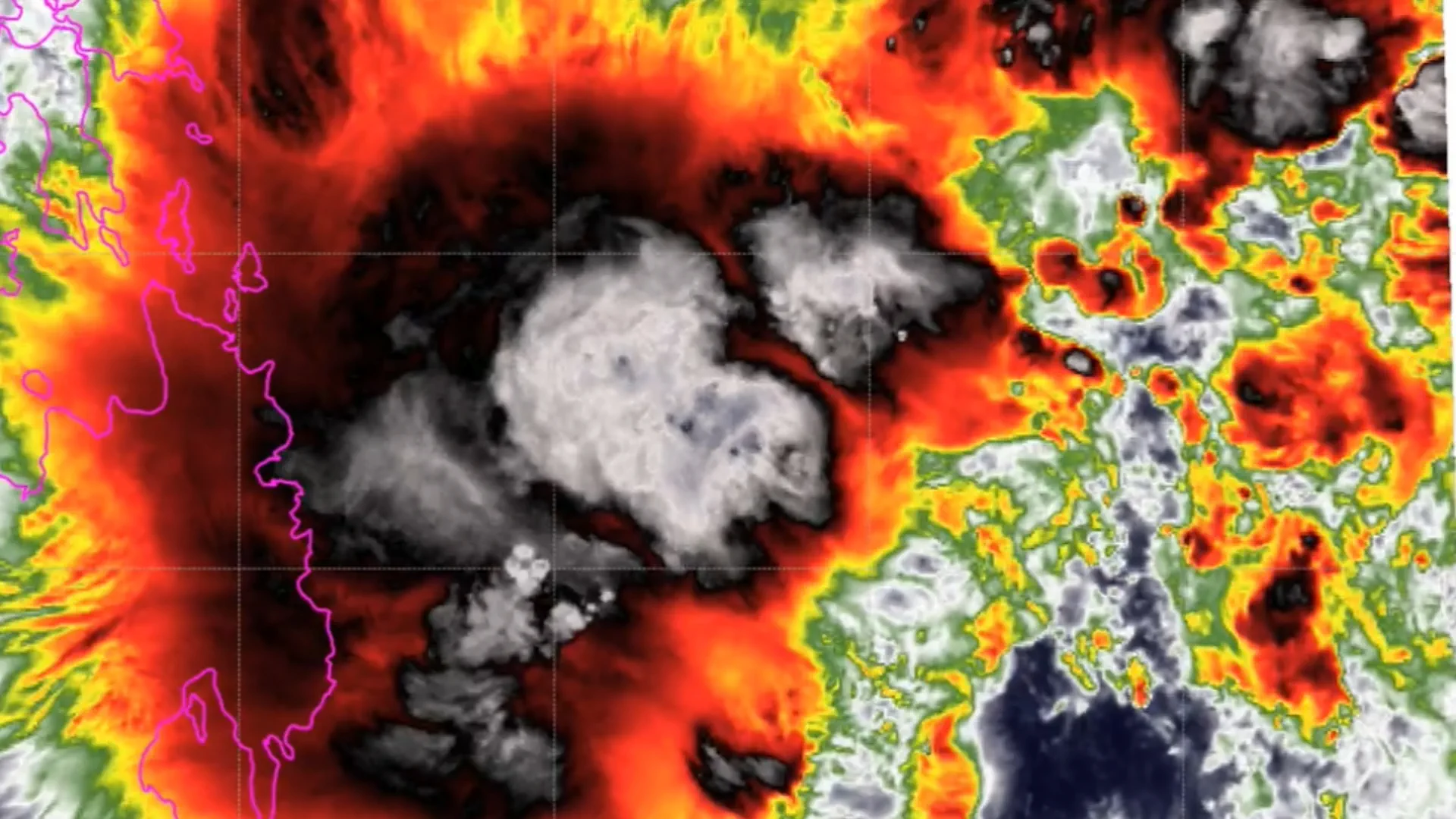Natural disasters across the world. Latest events.
Extreme weather events are gripping our planet, bringing about a series of natural disasters that underscore the escalating climate crisis. Denying the profound impact of these events is becoming increasingly challenging. Let's explore some of the notable incidents that have unfolded recently, highlighting the far-reaching consequences of these weather phenomena.
The storm drenches Florida and moves up the East Coast, creating conditions for a bomb cyclone.
A fierce late-year storm hammered the East Coast on Sunday, December 17, unleashing heavy rains and strong winds that shattered rainfall records and disrupted holiday festivities. South Carolina's town, Georgetown, witnessed dramatic water rescues as floodwaters stranded numerous motorists. Record-breaking rainfall, exceeding 9 inches between Charleston and Myrtle Beach since late Saturday, created chaos. The tide in Charleston Harbor reached its fourth-highest level on record.
The storm, anticipated to intensify, traced a path along the Georgia and Carolina coasts before advancing to New England by December 18. Wind gusts of 35-45 mph posed tree-fall risks on saturated ground. Charleston and South Carolina's Lowcountry faced numerous road closures, with stranded cars lining the streets. Fortunately, there were no reported injuries or deaths in Georgetown County. Florida bore the brunt with up to 5 inches of rain, prompting street inundation and the cancellation of holiday events. Power outages soared, exceeding 31,000 in South Carolina, 14,000 in North Carolina, and 11,000 in Florida.
This powerful storm, featuring gale-force winds and flooding, raised concerns about a potential bomb cyclone, intensifying rapidly along the mid-Atlantic and New England coasts. Meteorologists warned of significant damage as strong winds propelled water from the Atlantic toward the shoreline, coupled with heavy rainfall.

Storm wreaked havoc in the Philippines.
In the Philippines, Tropical Storm Jelawat struck Mindanao, causing localized flooding and power outages. A man went missing, and thousands sought refuge in evacuation centers as the storm, with sustained winds of 65 km/h, made landfall on Monday, December 18. While no immediate reports of casualties or damage emerged, authorities evacuated 11,729 residents from Mindanao's east and north coast as a precaution.
Jelawat weakened from a tropical depression into a low-pressure area while crossing Mindanao. By 2:30 pm on Monday, it transformed into a low-pressure area near Impasug-ong, Bukidnon. Although no tropical cyclone wind signals remained, rainfall persisted, prompting caution for the next 48 hours.
Australia floodwaters. More than 300 residents were rescued.
Overnight rescues saved more than 300 people from floodwaters in northeast Australia on Monday, December 18. With residents clinging to roofs, officials reported the closure of Cairns Airport due to flooding, raising concerns about potential drinking water loss for the city's 160,000 residents. While rain eased in Cairns, severe weather warnings covered Port Douglas, Daintree, Cooktown, Wujal Wujal, and Hope Vale, with additional rain in the forecast. Queensland's Police Commissioner described the flooding as absolutely devastating.
Wujal Wujal faced a Category 2 tropical cyclone's proximity, causing minimal damage but persistent heavy rains, leading to road closures, community isolation, and 14,000 power outages on Monday.
Snow squalls for parts of Ontario, Canada.
A snow squall warning covered a large part of central and southwestern Ontario on Monday, December 18, with anticipated strong winds and snow. The warning affected areas along Georgian Bay and Lake Huron, stretching from communities east of Sarnia to London and as far north as Barrie and Tobermory. While cities like Kitchener, Waterloo, and Toronto were expected to avoid the squalls, they would experience some light snow. The squalls were likely to reduce visibility in the affected areas, with northwest wind gusts reaching 60 to 80 km/h, especially near Lake Huron and Georgian Bay. The affected areas are anticipated to experience between five and 10 centimeters of snow.